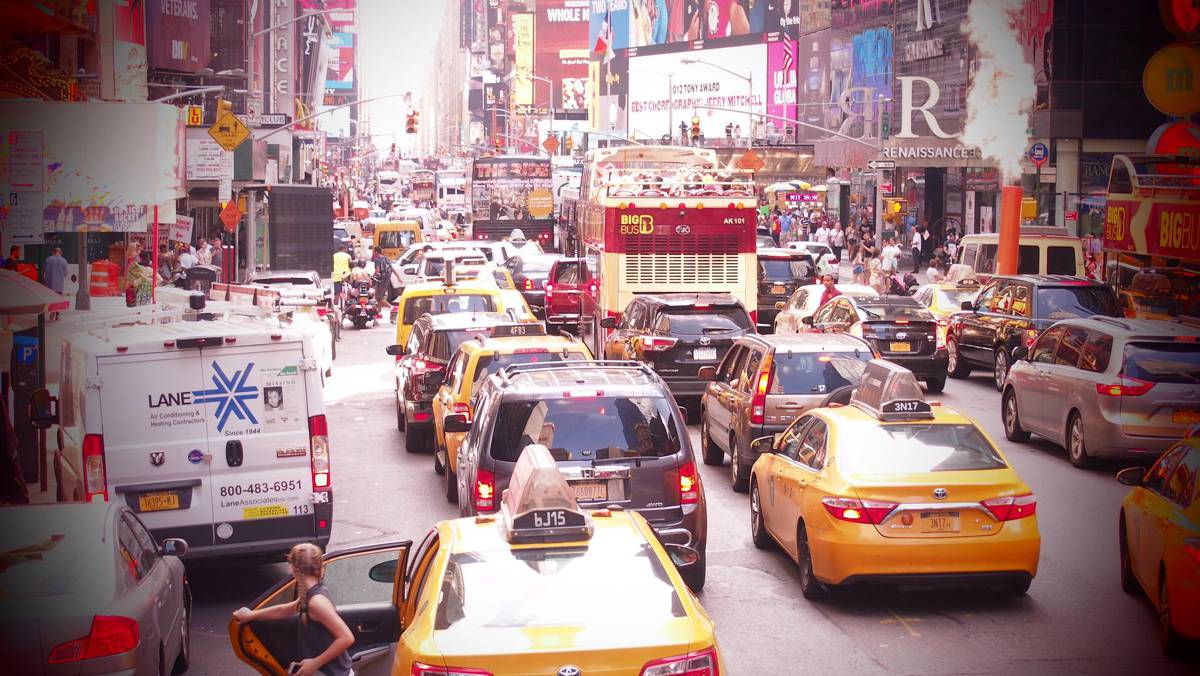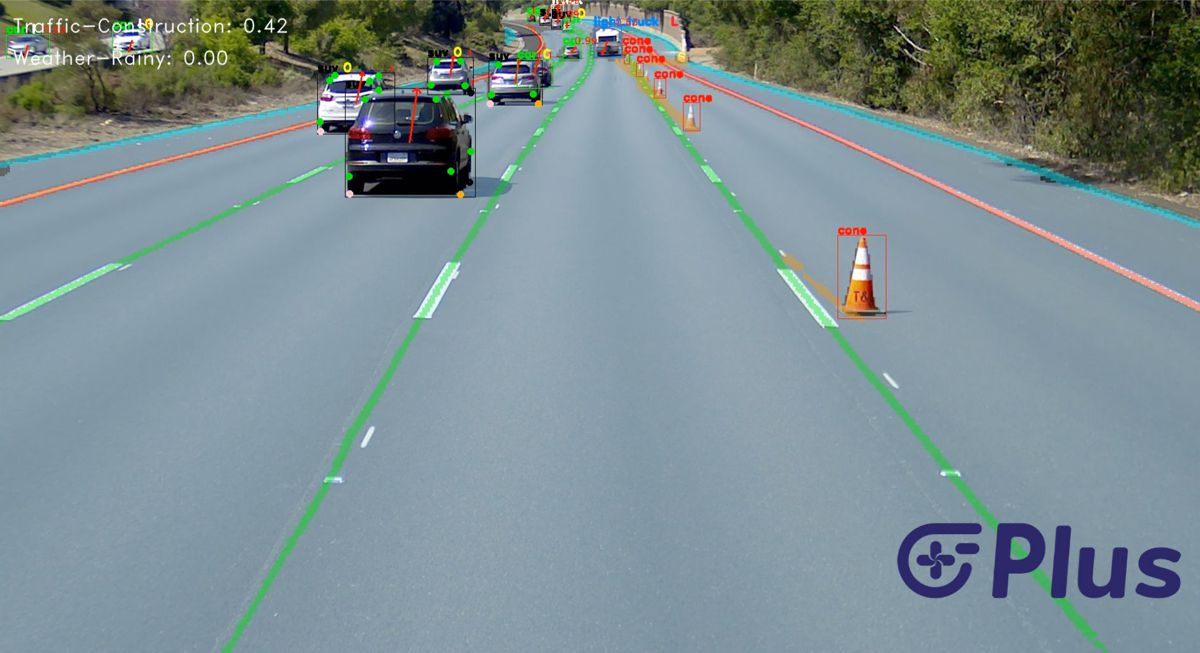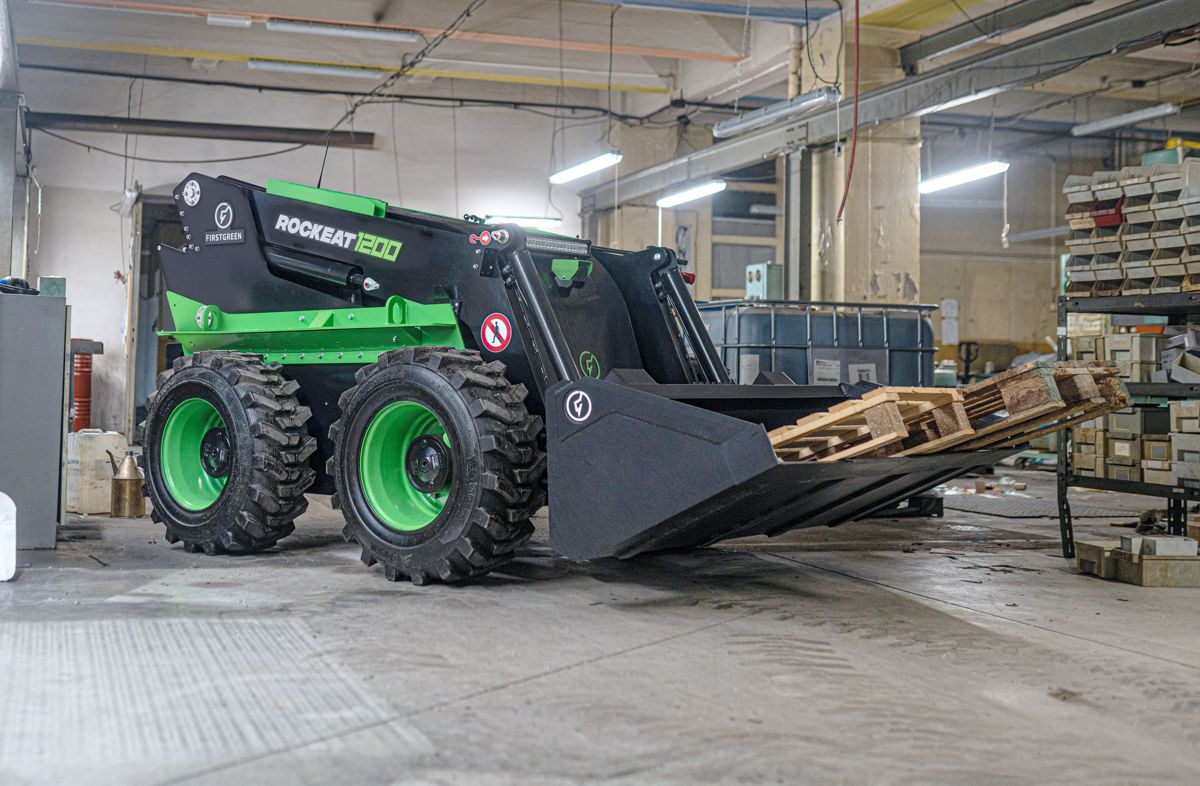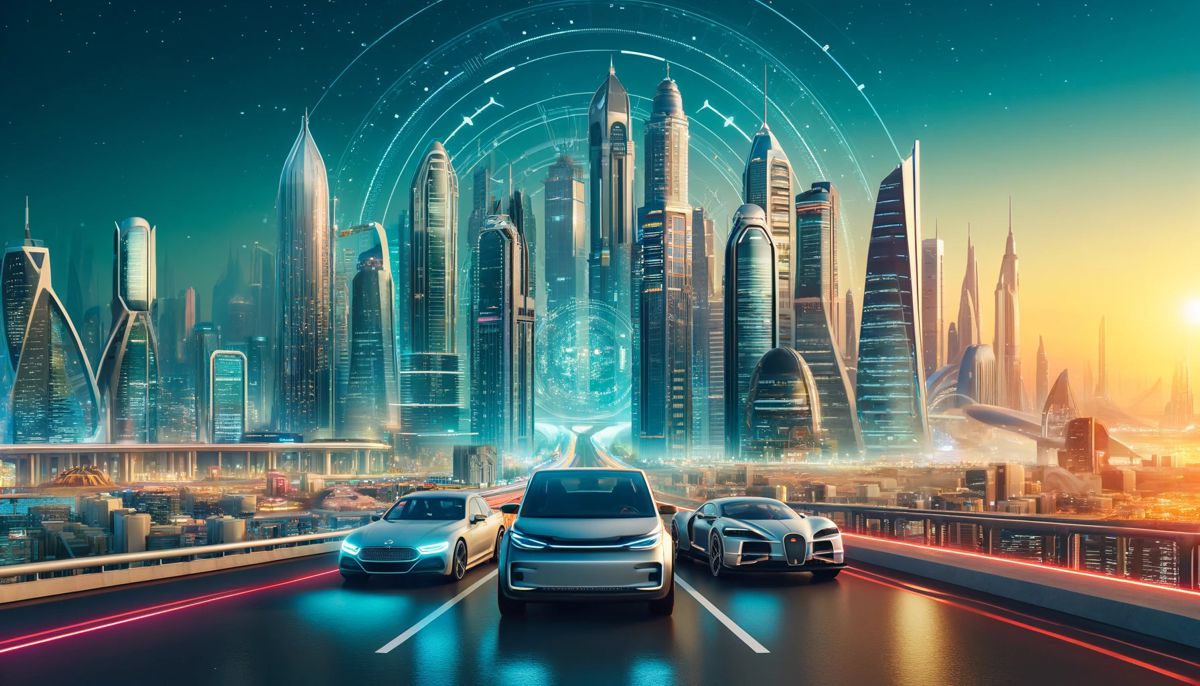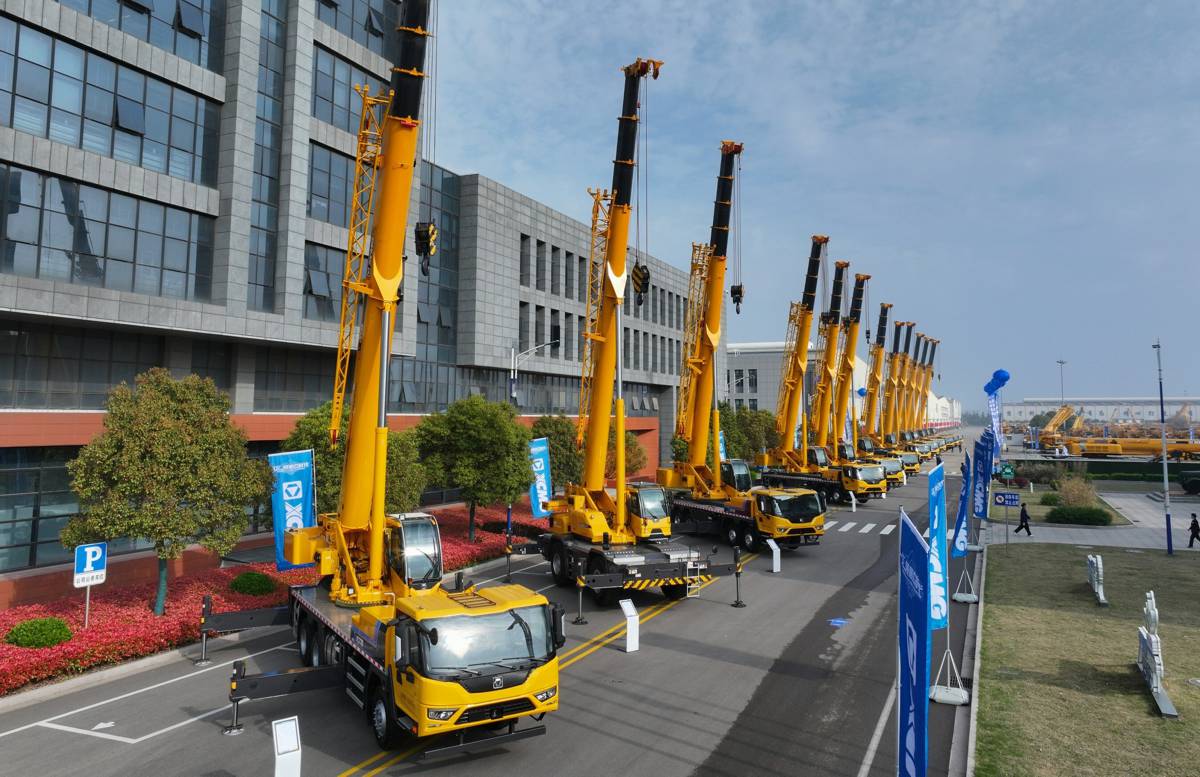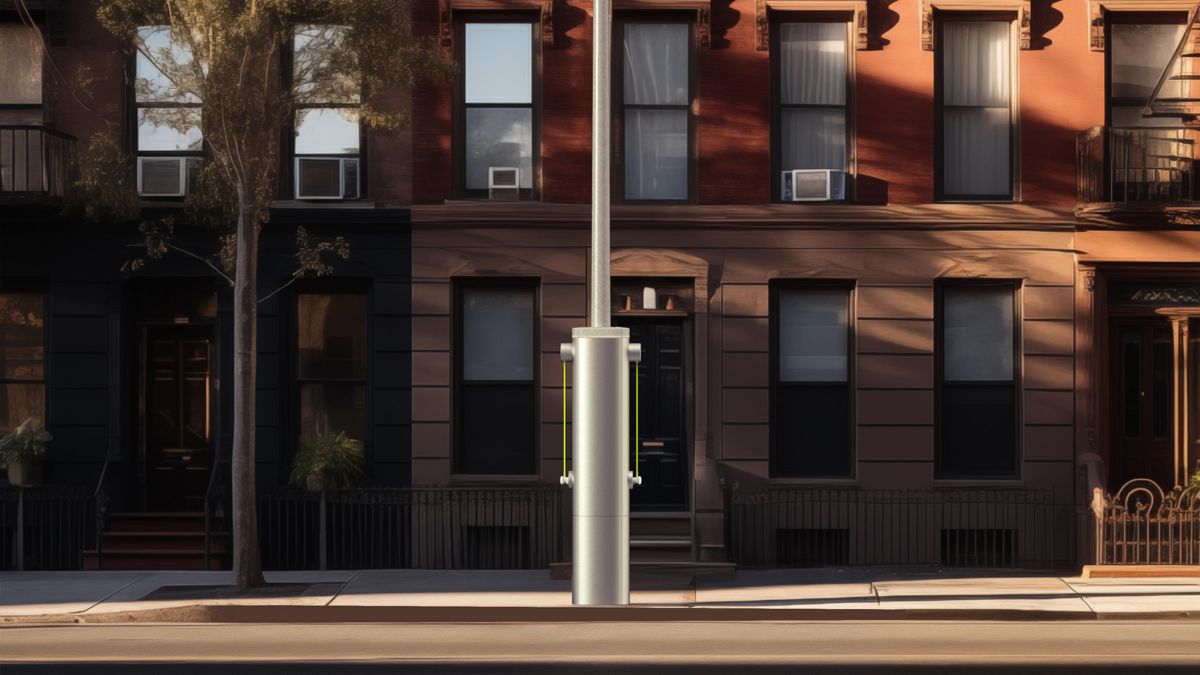How AI is shifting how Cities approach Traffic Management
On average, New Yorkers lose 80 hours a year in traffic. This gridlock causes air and noise pollution, decreases quality of life in congested areas, slows productivity, and hurts national and local economies – time lost to traffic cost the US economy an estimated $53 billion in 2021.
Considering the consequences, traffic management and monitoring are becoming more and more vital to the flow of our daily lives, all the more so at a time when the average American feels supply chain friction more acutely than ever before.
With intelligent traffic systems (ITS) already in use in many cities, infrastructure leaders are increasingly aware of this need for better traffic monitoring. These systems and the cameras that assist them often falling short of tackling the progressively complex traffic scenarios that afflict roadways and have the potential to do much more.
Fortunately, AI processing at the edge is poised to bring ITS solutions to the next level.
The State of Traffic Management
Traffic management systems are already deployed around the world – including in traffic control, toll collection, road law enforcement, and smart parking management. Fixed cameras, cameras with edge boxes, and mobile camera systems have all been implemented in ITS.
Among the most widespread implementations is real-time intersection monitoring for stoplight optimization. By placing cameras at intersections and along their adjoining roads, the flow of traffic at any given intersection can be assessed and light patterns can be adjusted in real time for optimal efficiency.
Singapore has been at the forefront of implementing such smart city technology. Their data-rich intelligent transportation system has led to them being named first in readiness for automated vehicles and the ability to deliver real-time traffic alerts has made the country one of the least congested in the world. Other countries and cities are flowing suit – for major urban areas where transportation issues abound, the rise of smart city technology offers a necessary lifeline.
Take Delhi, which has installed over 7,500 CCTV cameras, thousands of sensor-laden LED signs, and automated traffic lights. These myriad devices yield invaluable real-time data on traffic conditions, which AI processing then turns into real-time insights for reducing congestion.
Smart Cities of the Future
Smart cities must be able to detect, track, and identify a plethora of inputs simultaneously, often in congested areas; monitor multiple intersections, lanes in both directions, and stretches of highway; and enforce speed limits and other traffic laws on busy highways with as many as eight lanes.
This tall order calls for more than just numerous cameras running all at once. Each camera must have enough computing power to support the high-resolution processing needed to read license plates, check for fastened seatbelts, and enforce mobile phone laws. It can be hard to fathom just how fast a camera’s internal computing must be to perform accurate license plate recognition (LPR) on a vehicle potentially exceeding the speed limit. These devices must also be fan-less, weatherproof, and work in extreme temperature ranges, given everchanging outdoor conditions.
As traffic scenarios and infrastructure issues become ever more complex, so too must these cameras and processing devices to meet demands. To improve current traffic management solutions, cameras and other sensors must be able to collect data and monitor traffic at the same time. But current cameras, which often send data offsite to be analysed, are only scratching the surface of what they can enable traffic monitoring to do.
AI processing at the edge – AI that functions at the site of the sensors and cameras themselves – allows for reduced dependency on connectivity to cloud services for video analytics. The result is that a greater amount of real-time traffic data can be analysed more efficiently than ever before.
Smarter, Better, Faster, Stronger
As traffic issues become more complex, we – and our cities and our cars – must become smarter about how we understand and manage traffic. Fortunately, many of the current challenges in edge devices can be solved by a new generation of AI at the edge, which accommodates multiple sensors and robust analytic functionality for traffic monitoring.
With edge AI-powered insights, local authorities can use data to make real-time decisions on how to balance traffic flow and can identify congestion trends, allowing them to address issues on a minute-by-minute basis while also planning for alleviating long term issues. If these issues are not sufficiently addressed, the traffic congestion we experience today will pale in comparison to what we will face in the future.
Articles by Orr Danon, CEO & co-founder of Hailo.


